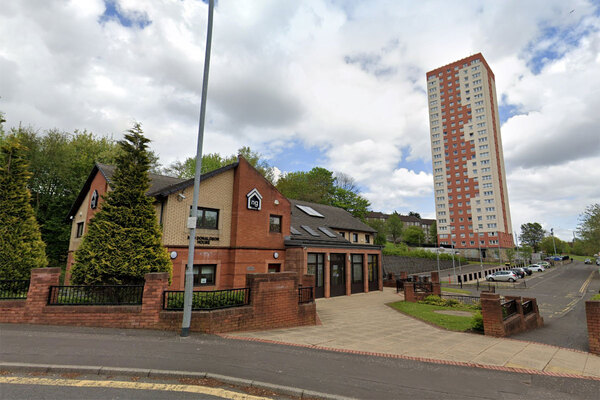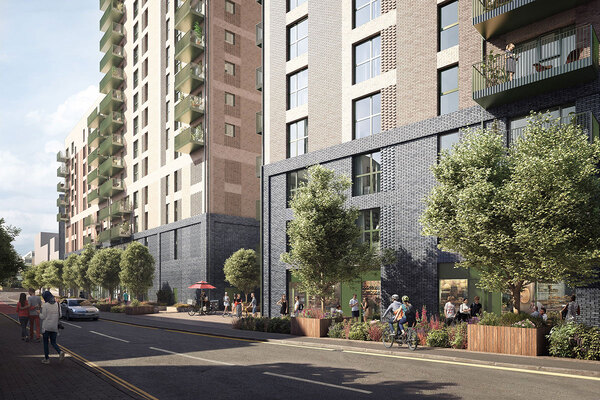You are viewing 1 of your 1 free articles
The sheltered housing model in social housing is no longer fit for purpose
The sector needs to develop a new offer for retirees who are expecting something different, writes Lee Sugden
“Luxurious homes, stunning locations and intelligent design.” Sounds great, doesn’t it?
I’m sure we’re all familiar with the glossy brochures from the private developers peddling ‘exclusive retirement living’ for the over-55s.
But what would that brochure look like in the social housing sector?
“Dated communal facilities, poky corridors and your very own bedsit.” Doesn’t have quite the same ring, does it?
“The needs of retirees of yesterday are not the same as the retirees of tomorrow. Or today.”
OK, so I may be exaggerating a little here, but if you’re not lucky enough to be able to afford the private sector when you reach your twilight years, then in the main, the only option is sheltered housing, which quite frankly is no longer fit for purpose.
The needs of retirees of yesterday are not the same as the retirees of tomorrow. Or today for that matter.
The emerging generation of new-age pensioners do not want bingo halls, fish suppers and a shampoo-and-set every Friday.
And they certainly don’t want to live in sheltered accommodation reminiscent of a nursing home.
The majority of older people want to ‘downsize’ to a more manageable home, but we can’t expect to tempt them out of their three and four-bedroom houses with our current offering.
We need to develop an attractive proposition for older people who no longer need that big house. Somewhere they can enjoy a long, active, healthy and independent retirement that better meets their needs and aspirations at this stage of their lives.
In turn, this will free up the much-needed family homes for which society is crying out.
“We can’t expect to tempt older people of their three and four-bedroom houses with our current offering.”
Housing has a finite lifespan and I predict the majority of today’s sheltered housing only has another 10-15 years left.
It might sound drastic, but the solution may be to knock it down and start again with accommodation that is fit for the future and will give us another 60 years of provision that people actually want.
There are some excellent examples of sheltered housing that is well equipped to stand the test of time, but generally, this type of accommodation is becoming increasingly hard to let.
There are around 50 sheltered housing complexes in Salford alone, seven of which are owned by Salix Homes.
They are well managed, clean and in good locations, yet for the first time in our history, our waiting list for these types of properties has all but disappeared. This should not be happening during a time of housing crisis when homes are in such short supply. Clearly, the model is no longer fit for purpose.
“I predict the majority of today’s sheltered housing only has another 10-15 years left.”
We have already decommissioned one of our sheltered housing sites and are in the process of repurposing it into 26 general needs properties.
By 2050 in the UK, one in every four people will be aged over 65. And one in every six people alive today will live to be 100. Compare that to the 15,000 centennials alive today and it puts into perspective the challenge.
This is a business-critical issue for the social housing sector – one that I don’t believe is being addressed in the wider strategies for an ageing population.
Retirement living in the social housing sector should be something to be desired, not dismissed, and it’s time for us, as an industry, to rethink how we do things to provide homes for a new generation of retirees who are expecting something different.
“It’s time for us, as an industry, to rethink how we do things to provide homes for a new generation of retirees.”
It’s a challenge, but with challenges come opportunities, and rethinking retirement living presents our opportunity to work collaboratively with the health sector to develop future-proof homes, that are not only desirable, but will also enable people to live independently for longer and reduce pressures on the NHS.
I only have to look out of my window in Salford to see high-quality, high-spec apartments dominating the horizon, but rather than just being the reveries of young professionals and millennials, why not make apartment living an attractive and viable proposition for the next generation of retirees?
It certainly works for the private sector, so why can’t there be a similar offer for people in social housing that better meets the needs of that same generation?
The world is changing, people are changing and social housing for the older generation needs to change, too. Who’s with us?
Lee Sugden, chief executive, Salix Homes












